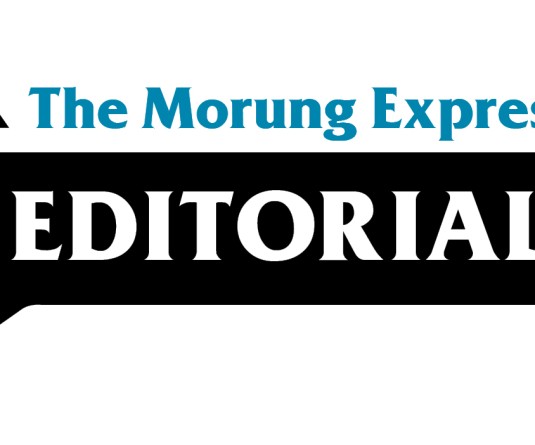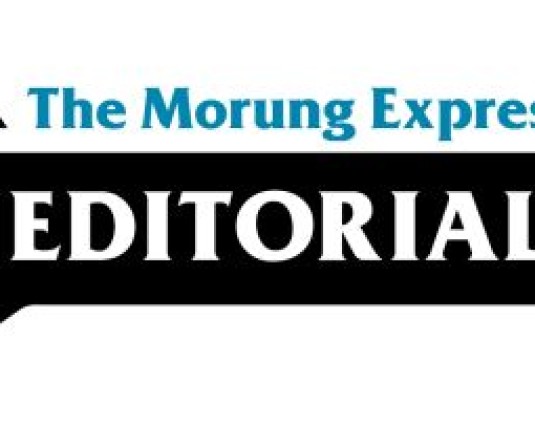
State Government must channel Hornbill zeal into daily governance
By Moa Jamir
As the countdown for the silver jubilee of Nagaland’s famed Hornbill Festival begins, the state machinery has swung into action, leaving no stone unturned in its annual ritual to impress citizens and visitors alike. Scheduled to commence on December 10, the 10-day extravaganza, officially designated as the ‘Festival of Festivals,’ is a spectacle of culture and festivity.
Every year, as December approaches, Nagaland undergoes a rapid transformation. Potholes that had long been ignored are hastily filled with bitumen and gravel, ensuring a smoother drive for the influx of tourists. Neglected streets, bridges, and monuments receive their rare dose of cleaning. It is a spectacle in itself – a temporary facelift that often vanishes as quickly as it appeared after the festive season.
The government’s meticulous planning for the festival started early. It was mentioned in the State Budget 2024-25 tabled on February 27, and state-level preparations commenced on March 2, with the Chief Minister convening a meeting of the Hornbill Festival Ministerial Committee. This was followed by a visit to the Naga Heritage Village, Kisama on March 11 by the Chief Minister along with the committee and other line departments to “oversee preparations.”
Subsequent preparations included multiple inspections of Kisama, followed by numerous meetings at every level of governance. Two statewide ‘mass-social work’ days were also organised, the most recent on November 22. A day later, the Chief Minister visited Kisama to assess the progress and launch commemorative items marking the festival’s milestone.
With such well-oiled machinery at work, it is evident that the Hornbill Festival has become more than just a celebration – it is a carefully orchestrated exercise in soft power.
The results, undeniably, are impressive. For ten days, Nagaland dazzles with its cultural extravaganza, earning accolades from tourists and media alike. Both tourists and citizens are coaxed into a cultural trance and glorious escapism. But beneath the surface lies a pertinent question: If the state government can mobilise such extensive coordination for a festival, why cannot the same resolve and energy be channelled towards addressing pressing issues?
The irony is palpable. While the streets are temporarily repaired and civic amenities spruced up for the festival offering a fleeting glimpses of progress, the everyday struggles of citizens remain largely unaddressed. In a way, the government’s enthusiasm for the festival highlights a glaring disparity in priorities.
If only the same meticulous planning and determination were applied to governance, perhaps the citizens could experience lasting progress rather than a temporary illusion of development. It begs the question: Can the ‘charm offensive’ become a permanent reality for the people of Nagaland, or will it remain an annual exercise in escapism?
As Nagaland gears up to celebrate the silver jubilee of its ‘Festival of Festivals,’ the state must reflect on its ability to deliver. The Hornbill Festival is proof that when motivated, the government can achieve remarkable outcomes. The challenge lies in extending this motivation to tackle the state’s persistent problems with the same vigour.
Moreover, the irony of celebrating the Hornbill, a bird that faces the threat of extinction, is striking. Thus, beyond cultural symbolism, the state must take genuine steps to protect the very creature that inspires this grand celebration. Otherwise, the charm offensive may ring hollow, both literally and metaphorically. The radiance of the Hornbill must shine beyond the spotlight.
For any feedback, drop a line to jamir.moa@gmail.com




